
Modern Minimalist Living Room Ideas
Discover how the principles of modern minimalism can transform your living room into a tranquil, stylish haven. Minimalist design focuses on simplicity, clean lines, and a deliberate selection of decor, resulting in spaces that feel both serene and sophisticated. Whether you’re starting from scratch or seeking subtle tweaks, these ideas offer inspiration for creating an inviting living area that balances functionality and elegance without unnecessary clutter.
Embracing Minimalist Color Palettes
Soft Neutrals for Calm and Space
Soft neutral colors like whites, beiges, and pale grays are at the heart of minimalist living rooms. These timeless shades work together to create a light and calming atmosphere, making the space feel open and uncluttered. Using neutral tones for walls, floors, and large furniture pieces allows the room’s design elements to harmonize rather than compete. This foundation provides flexibility, letting you seamlessly update your decor with seasonal accents or subtle shifts in style while maintaining overall balance and tranquility.
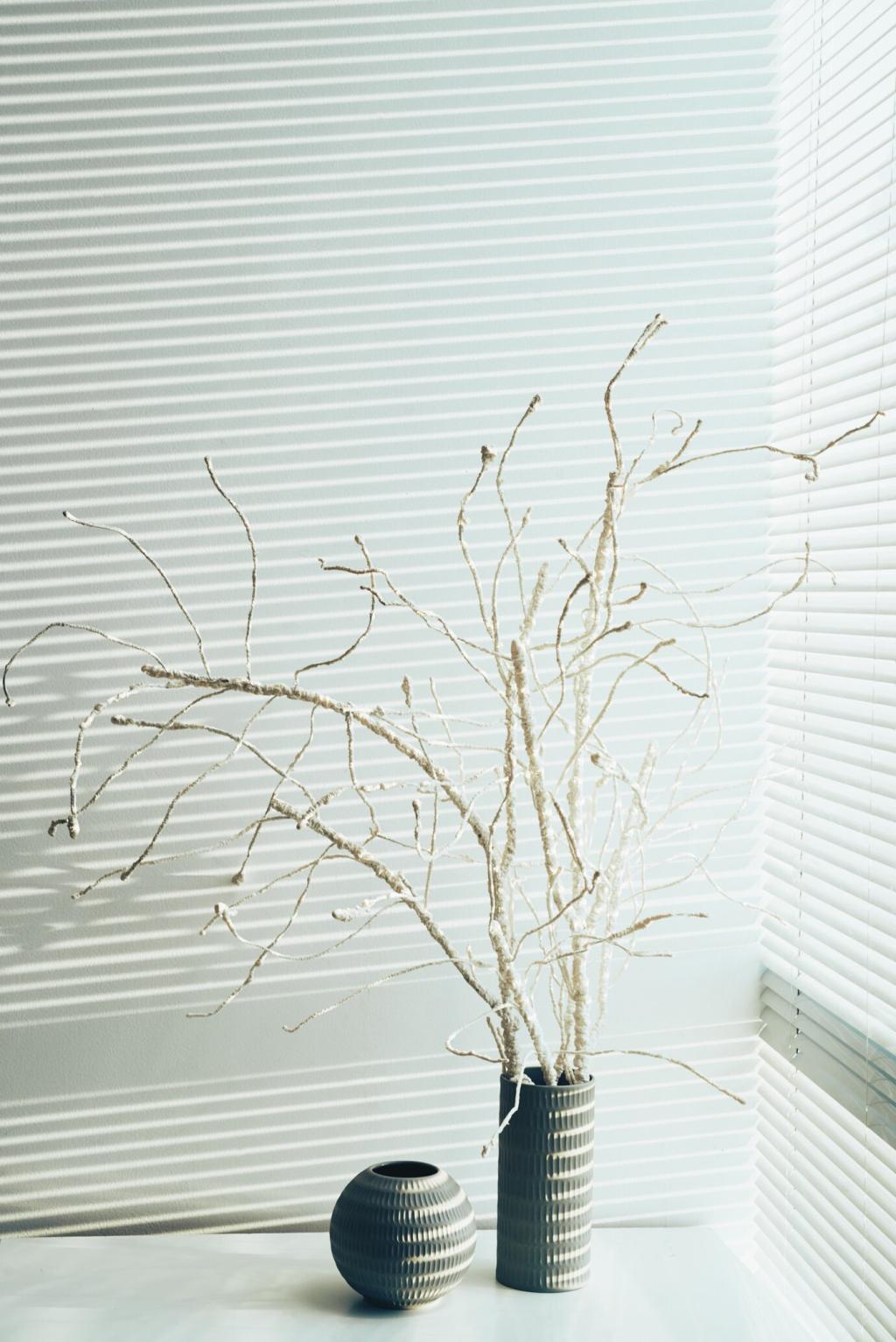
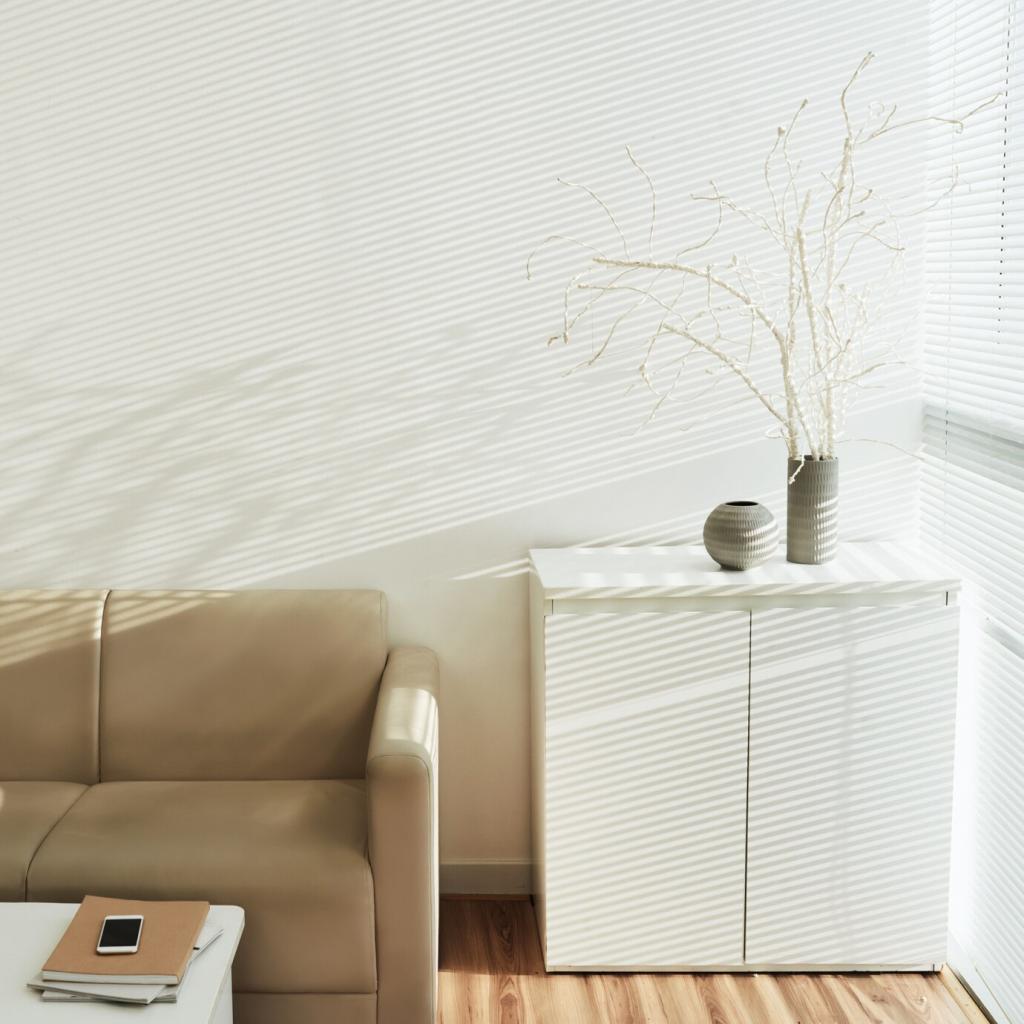
Monochrome Schemes for Cohesion
Employing a monochrome palette harnesses the power of a single color family to foster visual continuity. By layering various shades and textures within the same color range, you avoid a flat or sterile look while ensuring every element forges a harmonious whole. Monochrome schemes can be warm or cool, subtle or striking, depending on your choice of hue. Black, white, or charcoal monochrome living rooms feel particularly modern and dramatic, while softer palettes foster a sense of serenity and refinement.
Streamlining Furniture Choices
Focus on Functionality
Minimalist furniture prioritizes practicality. Each item should serve a purpose, whether that means a modular sofa for flexible seating or a coffee table with hidden storage. When evaluating what belongs in your living room, consider how you use the space daily. Furniture with clean lines and subtle details keeps the room feeling uncluttered. Thoughtful layouts allow for easy movement and a sense of openness, ensuring the space comfortably accommodates your needs without excess.
Selecting Quality Over Quantity
In minimalist interiors, fewer pieces mean each one is more noticeable. This makes it worthwhile to choose furniture with superior craftsmanship and timeless appeal. Invest in a well-made sofa with a classic silhouette or a statement armchair in an elegant, neutral fabric. High-quality materials and finishes, such as solid wood, leather, or soft wool, not only withstand daily use but also contribute to the understated luxury characteristic of modern minimalism.
Incorporating Statement Pieces
While minimalism shuns clutter, it welcomes standout pieces that elevate a room’s personality. A sculptural lamp, designer coffee table, or eye-catching lounge chair can serve as a functional focal point. The key is to limit the number of these accents so the space never feels crowded or distracting. By letting one or two pieces shine, you create a living room with visual intrigue that remains cohesive, streamlined, and authentically minimalist.
Maximizing Natural Light
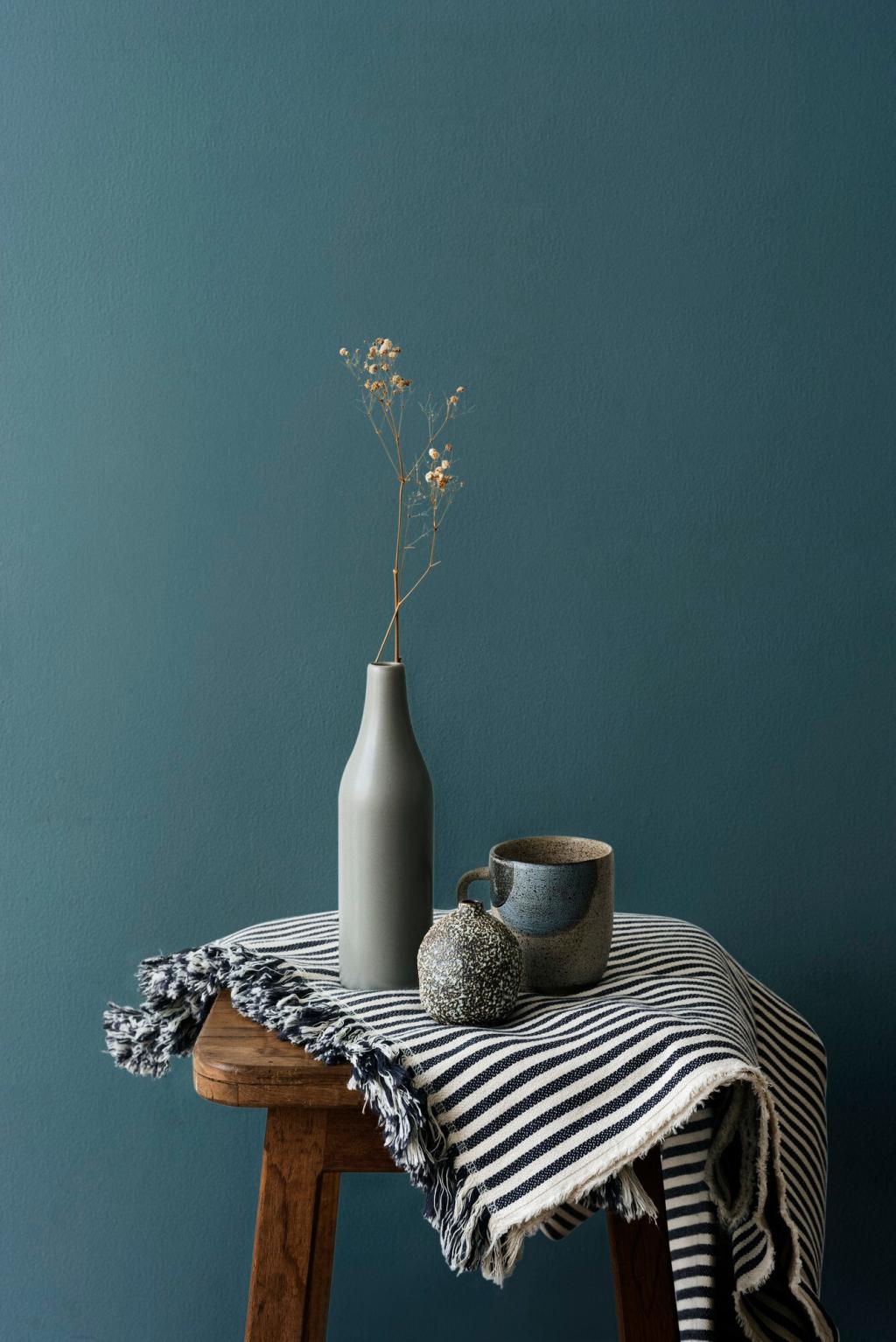
Replacing heavy drapes with sheer curtains or leaving windows bare allows sunlight to flood the living room. Sheer curtains soften natural light without blocking it, adding a layer of privacy while still making the most of daylight. If you choose to go without window coverings, clean, unobstructed glass showcases outdoor views and blurs the boundary between inside and out, creating an airy, expansive feel that suits the minimalist style.
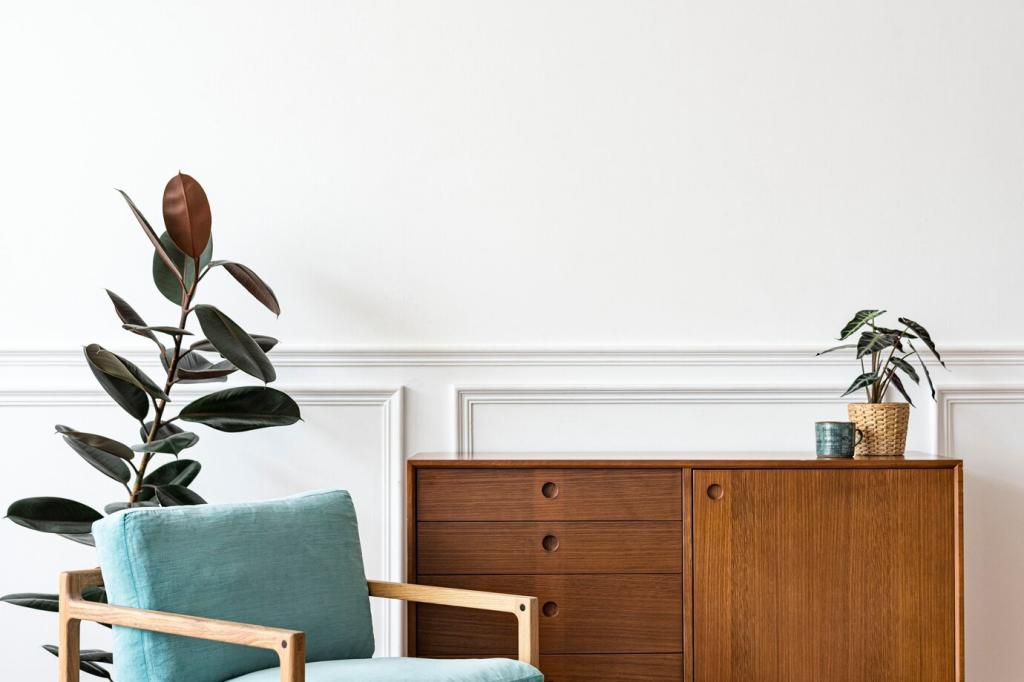
Previous slide
Next slide
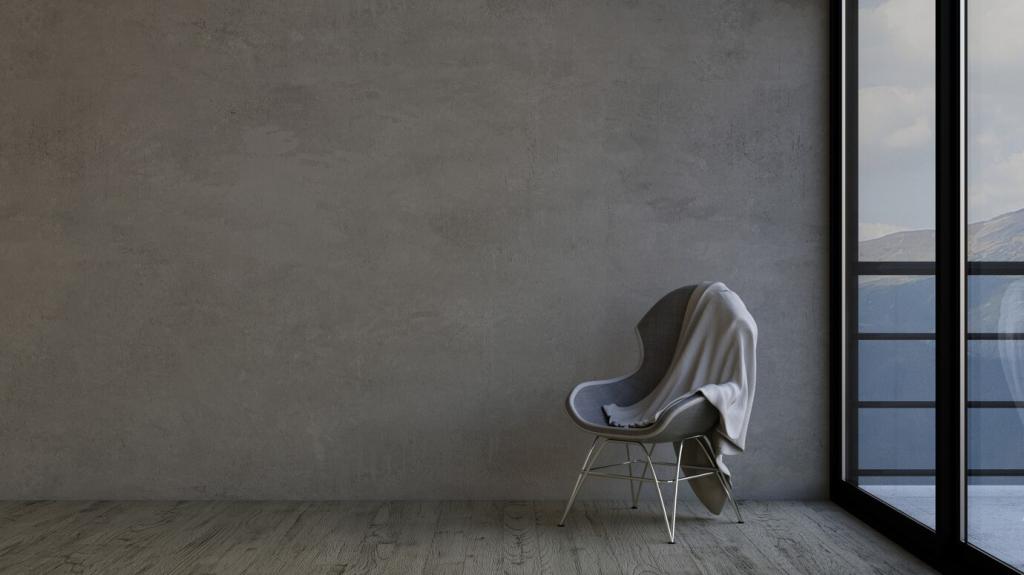
Sculptural Decor for Artistic Flair
Minimalist rooms often feature a striking vase, abstract sculpture, or bold light fixture that doubles as art. These pieces are chosen for their ability to stand out on their own, becoming focal points in an otherwise restrained setting. Their sculptural quality draws the eye, introducing artistic interest and gently breaking up simplicity without overwhelming the space or cluttering surfaces.
Simple Textiles for Softness
Soft furnishings like cushions, throws, or area rugs add tactile comfort while maintaining a refined look. In minimalist living rooms, textiles are usually simple—think solid colors, subtle patterns, or natural fibers. A plush wool throw or a handwoven rug can soften the geometry of the space, providing warmth and coziness while upholding the principles of minimalism.
Greenery for a Natural Touch
A single leafy plant or a cluster of succulents offers a breath of fresh air in a minimalist living room. The organic shapes and calming green hues provide contrast to crisp lines and neutral settings. Whether it’s a tall fiddle leaf fig in a corner or a low-maintenance snake plant on a shelf, these living accessories introduce life and interest naturally, without cluttering the space.
Highlighting Architectural Features
Modern minimalism thrives on sharp geometry and well-defined forms. Highlighting beams, boxed ceilings, or elegantly simple mantels brings architectural lines to the forefront. Keeping embellishment to a minimum allows beautiful proportions and clarity of shape to serve as visual interest, ensuring the room’s bones contribute to its timeless appeal.
Exposed wood beams, concrete walls, or original stone fireplaces add authenticity and character while embracing the minimalist appreciation for natural materials. Leaving these elements visible rather than covering them with paint or ornamentation enhances the connection to nature, creating rooms with depth and texture that remain visually peaceful and understated.
Removing unnecessary walls or barriers brings a sense of flow and unity to your living area. Open plan spaces provide a larger canvas for light and air, reinforcing minimalism’s emphasis on spaciousness and simplicity. This unobstructed design approach encourages flexible, multi-functional use of the room while preserving a continuous, harmonious atmosphere.
Incorporating Technology Thoughtfully
01
Cluttered wires and visible electronics can disrupt a minimalist aesthetic. Opt for wireless devices, in-wall cabling, or purpose-built cabinetry to keep screens and speakers tucked neatly out of sight. Even essentials like routers or charging stations can be stowed in closed units, ensuring the room’s surfaces remain clear and free of visual distractions, maintaining the sleekness that defines modern minimalism.
02
Choosing streamlined audio-visual equipment is essential. Wall-mounted flat-screen TVs, low-profile soundbars, or projectors that retract when not in use offer functionality without visual bulk. Built-in speakers or smart home controls hidden within the architecture let you enjoy high-tech perks while sustaining the sense of clean, uninterrupted surfaces that are so prized in minimalist design.
03
Automated lighting systems allow you to personalize your living room’s ambiance without unnecessary fixtures. Dimmable LEDs can be tucked into coves or behind shelves to deliver indirect illumination, accentuating the room’s geometry while remaining almost invisible. App-controlled lamps and voice-activated lighting eliminate excess switches and cords, permitting ultimate simplicity and ease of use while preserving the essence of minimalist style.
